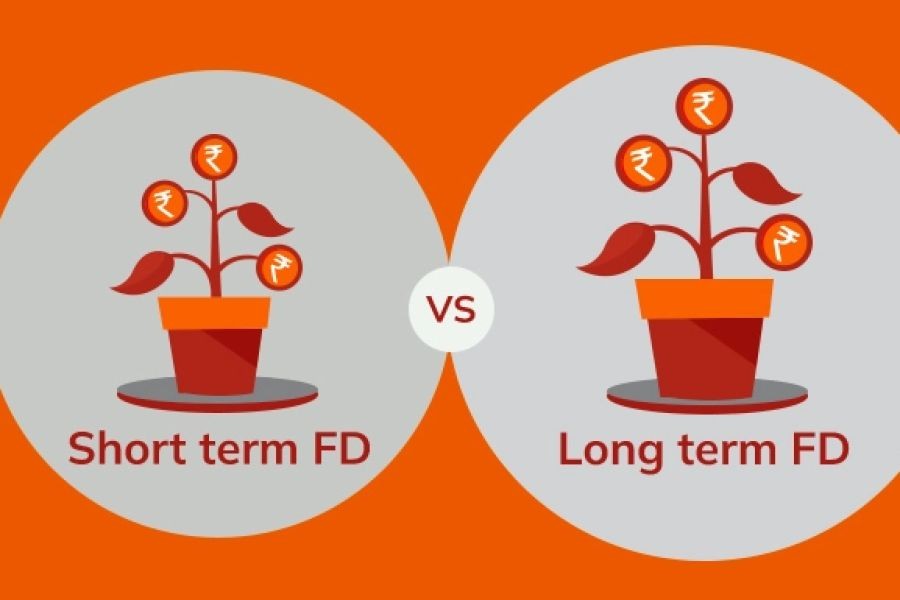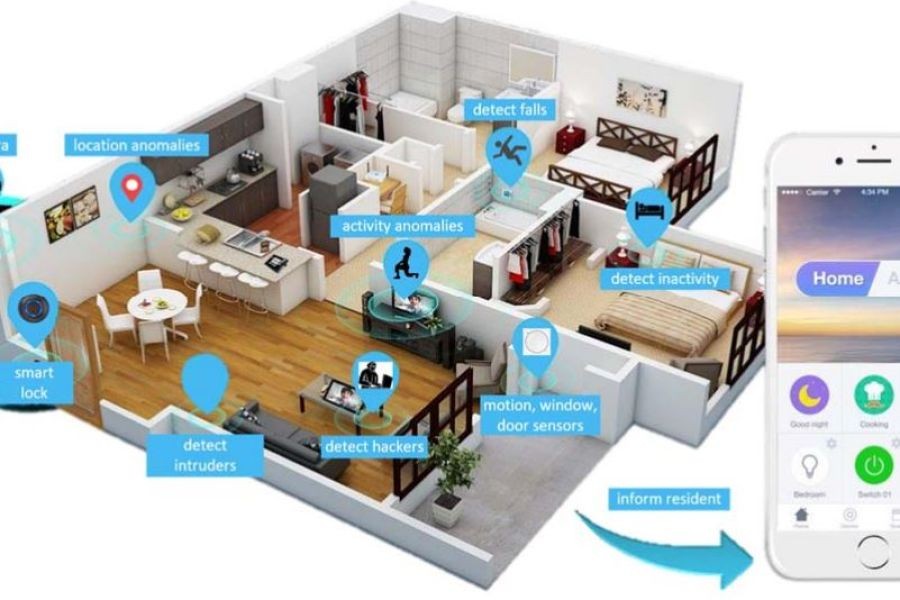In the vibrant world of group fitness, technology is rapidly transforming the way Australians engage with exercise. By 2030, gamification is poised to redefine the landscape of group fitness, creating immersive, interactive experiences that are both motivating and enjoyable. This evolution promises to align with Australia's growing focus on health and wellness, supported by innovative tech solutions. But how exactly will this gamification unfold, and what will it mean for fitness enthusiasts and industry professionals alike?
The Rise of Gamification in Group Fitness
Gamification refers to the application of game-design elements in non-game contexts, and it's becoming a powerful tool in the fitness industry. By integrating elements such as point scoring, leaderboards, and interactive challenges, fitness programs can boost engagement and motivation. According to research from the University of Sydney, gamified fitness applications can increase user retention by up to 30%, highlighting their potential to transform exercise habits.
Case Study: F45 Training
Problem: F45 Training, an Australian-born fitness franchise, faced the challenge of maintaining high engagement levels among its members amidst a rapidly growing competitive market.
Action: To address this, F45 integrated gamification into their training programs, utilizing wearable tech to track progress and encourage competition through leaderboards and community challenges.
Result: As a result, F45 saw a 25% increase in member retention and a significant boost in community engagement, underscoring the power of gamification in enhancing the group fitness experience.
Takeaway: For Australian fitness centers, adopting gamification can drive higher engagement and improve member satisfaction, making it a vital strategy for future growth.
Technological Innovations Driving Gamification
Several technological advancements are set to propel the gamification of group fitness in Australia by 2030. Wearable devices, augmented reality (AR), and virtual reality (VR) are at the forefront of this transformation.
- Wearable Devices: Devices like smartwatches and fitness trackers provide real-time data, enabling personalized fitness experiences. According to the Australian Bureau of Statistics, the adoption of wearable tech in Australia has increased by 40% since 2020, highlighting its growing significance.
- Augmented and Virtual Reality: AR and VR technologies offer immersive environments that can transport users to virtual gyms, trails, or even competitive arenas, making workouts more engaging and enjoyable.
Pros and Cons of Gamified Group Fitness
As with any technological advancement, gamification in fitness presents both opportunities and challenges.
✅ Pros:
- Increased Motivation: Gamification can make workouts more enjoyable, leading to higher motivation and consistency.
- Enhanced Social Interaction: Features like leaderboards and team challenges foster a sense of community and competition.
- Personalization: Data from wearables allows for tailored workout plans, enhancing individual progress.
❌ Cons:
- Privacy Concerns: The use of wearable tech raises questions about data security and privacy.
- Technical Challenges: Implementing and maintaining gamified systems can be resource-intensive and costly.
- Overemphasis on Competition: For some, the competitive nature of gamification may deter participation rather than encourage it.
Australian Context: Economic and Policy Considerations
In Australia, the gamification of group fitness aligns with broader economic and policy trends. The Reserve Bank of Australia notes that the health and wellness sector is one of the fastest-growing industries, driven by increasing consumer demand for innovative fitness solutions. Furthermore, government initiatives promoting digital health strategies and investments in technology infrastructure are paving the way for widespread adoption of gamified fitness solutions.
The Australian Competition & Consumer Commission (ACCC) plays a crucial role in ensuring fair competition and consumer protection in this evolving market. As gamification becomes more prevalent, regulatory bodies will need to address issues related to data privacy, security, and the ethical use of technology in fitness.
Future Trends and Predictions
Looking ahead to 2030, several trends are likely to shape the gamification of group fitness in Australia:
- Integration of AI: Artificial Intelligence will enable more sophisticated personalization of fitness programs, adapting workouts in real-time based on user performance and preferences.
- Expansion of Virtual Fitness Communities: Online platforms will continue to grow, providing access to global fitness communities and virtual events, transcending geographical barriers.
- Increased Focus on Mental Health: Gamified fitness solutions will increasingly incorporate mindfulness and mental wellness components, addressing the holistic needs of users.
Conclusion
By 2030, the gamification of group fitness in Australia is set to revolutionize the industry, offering exciting new ways to engage with exercise. With technological innovations and supportive economic and policy frameworks, the future of fitness is bright and full of potential. As fitness centers and enthusiasts embrace these changes, the focus will be on creating inclusive, motivating, and enjoyable fitness experiences for all.
Are you ready to embrace the gamified future of fitness? Share your thoughts and experiences in the comments below!
People Also Ask
- How will gamification impact group fitness in Australia? Gamification is expected to boost motivation and engagement, making workouts more enjoyable and personalized, according to a study by the University of Sydney.
- What are the biggest misconceptions about gamified fitness? A common myth is that gamification is only for the tech-savvy. However, research shows that it can be accessible and beneficial for all fitness levels.
- What technologies are driving the gamification of fitness? Wearable devices, AR, and VR are key technologies driving the gamification of fitness, offering immersive and personalized workout experiences.
Related Search Queries
- Future of gamification in fitness
- Wearable tech in Australian fitness industry
- AR and VR fitness trends
- Impact of gamification on health and wellness
- Privacy concerns in fitness technology
- Australian fitness industry growth
- AI in group fitness
- Virtual fitness communities in Australia
- Economic impact of fitness innovations in Australia
- ACCC regulations on fitness technology































CathleenTr
4 months ago